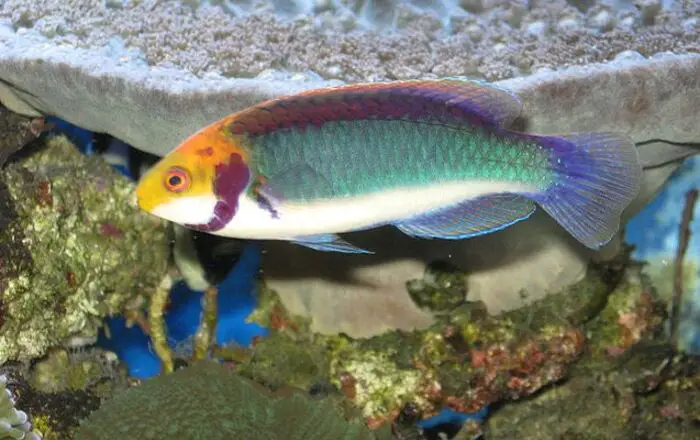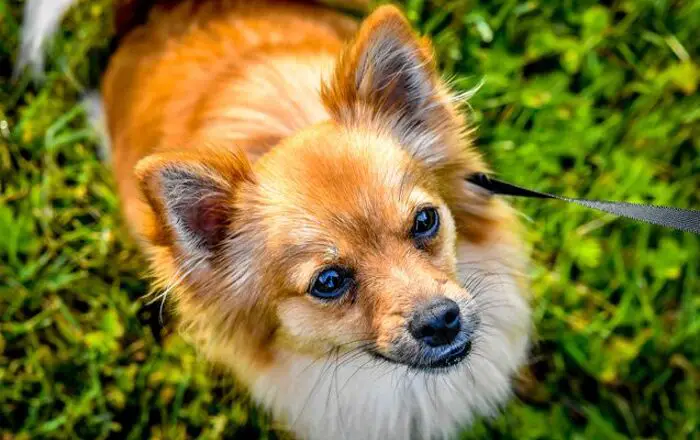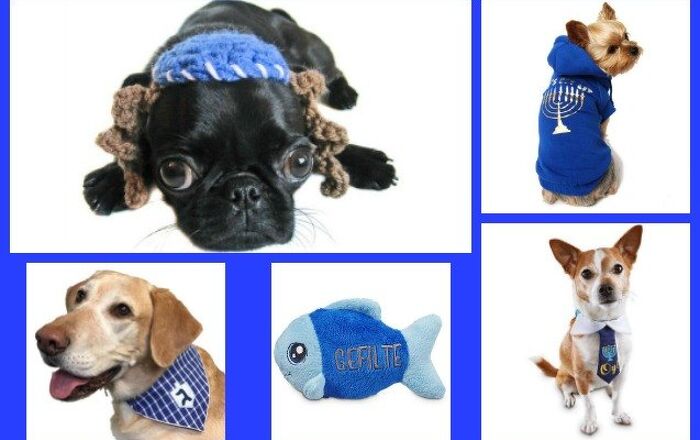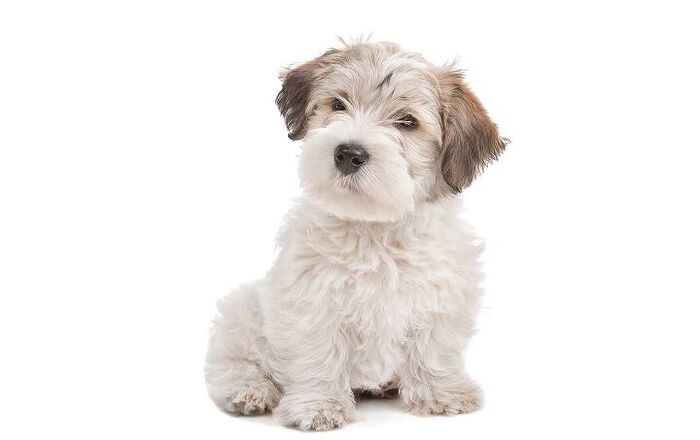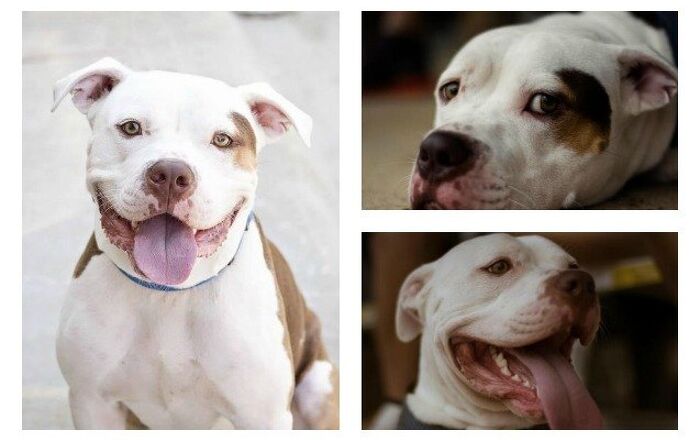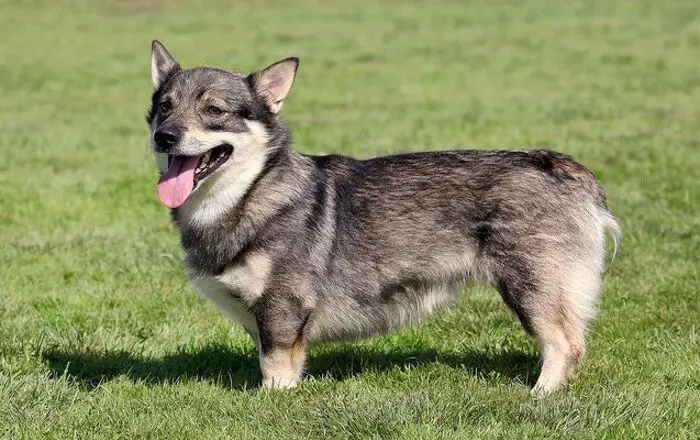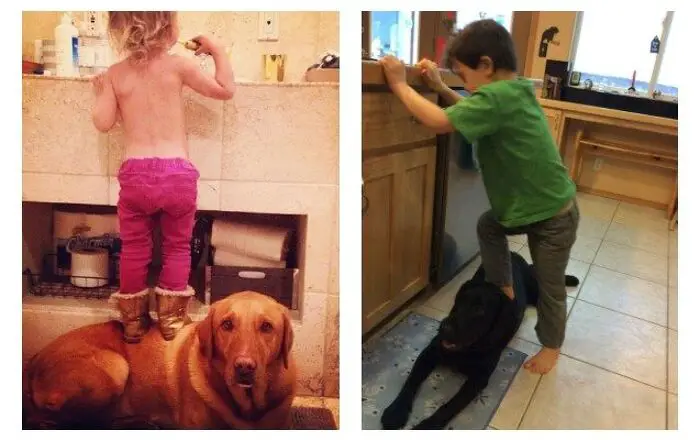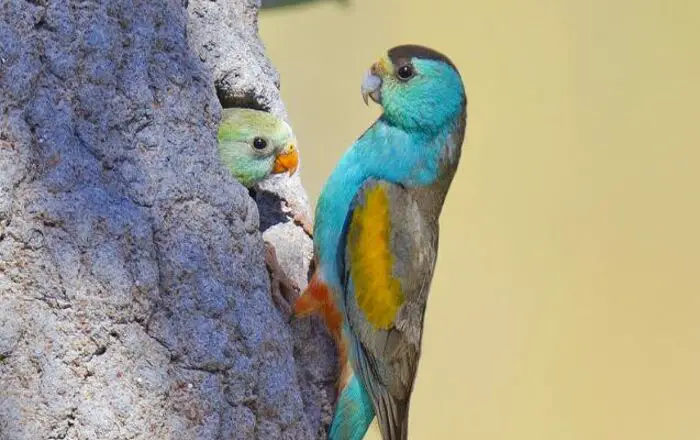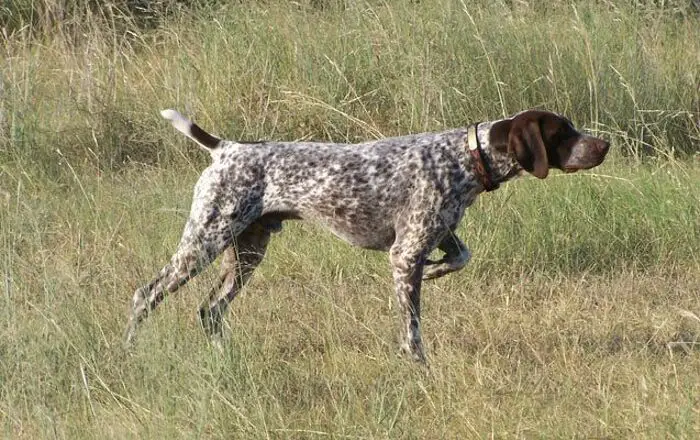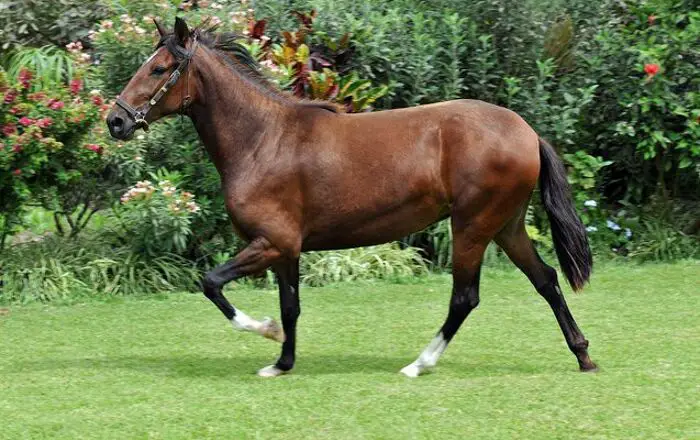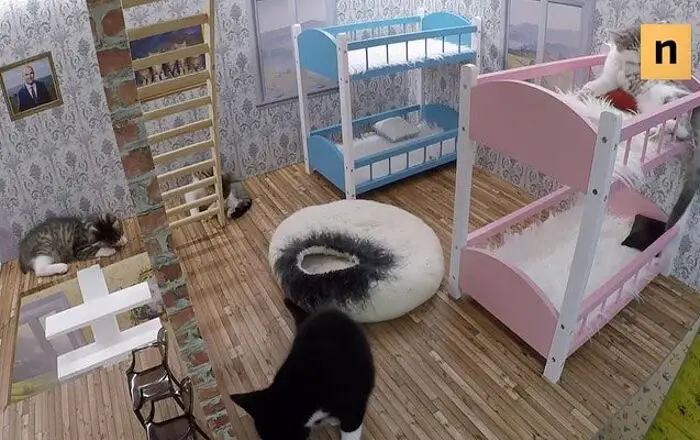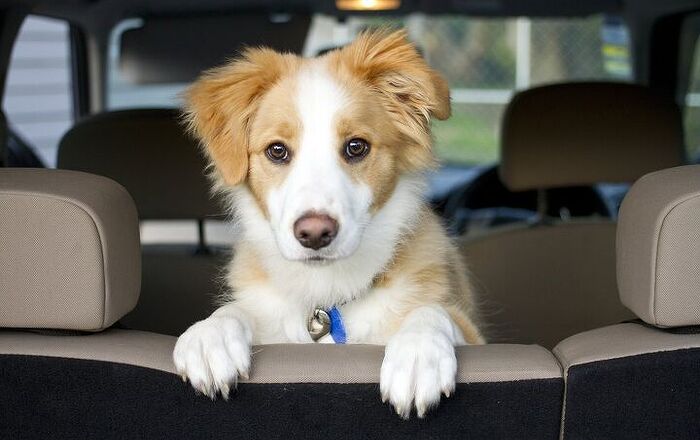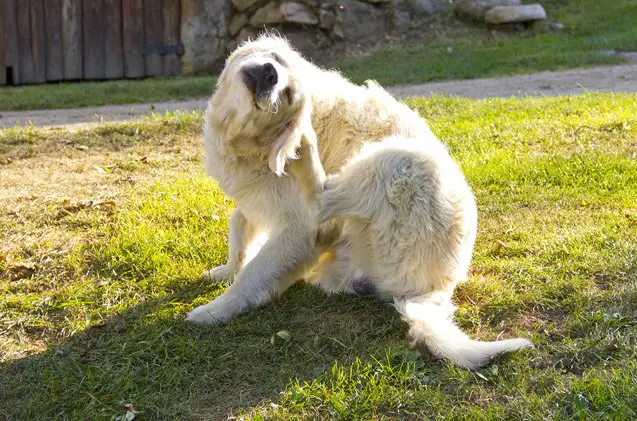
Your dog won’t stop itching, you go in for a closer look with a comb, and it’s confirmed… “My dog has fleas!” Now what do you do?
“GAH! My dog has fleas! What am I supposed to do now?” If this sounds familiar, you’ve had to deal with the small but annoying nuance caused by this little pest. Fleas are a pet owner’s worst nightmare because they can seemingly come out of nowhere and they can be difficult to eradicate. The risk for fleas becomes even greater during the summer months and, if you aren’t careful, just a few fleas can lead to a full-scale infestation. We’re going to go over the basics about how to deal with a flea infestation as well as share some tips on how to prevent a recurrence.
The Basics about Fleas
In order to deal with a flea infestation, you have to understand the basics about fleas and their lifecycle. Fleas go through a multi-stage life cycle beginning as eggs, developing into larvae, then into pupa and finally into adults. The period of time it takes to go through all of these stages varies depending on certain environmental factors including humidity, temperature and the availability of nutrients (the host). Once a flea lands on your pet it will suck the dog’s blood for nourishment and proceed to reproduce.
Related:What’s The Difference Between Fleas and Ticks?
Fleas can lay as many as 30 eggs per day and most fleas produce hundreds of eggs during their lifetime. Not all of these eggs will hatch on your dog – many of them will fall off onto the floor, furniture and in your dog’s bedding where they will develop and grow into more reproductive adults. While adult fleas feed on the blood of their host, the larvae feed on organic matter of all sorts. The larvae then develop into pupae which lie dormant in protective cocoons until they sense that the conditions are right for hatching. As soon as it emerges from the cocoon, a newly hatched flea is capable of jumping onto a host and attaching.
More Deets On Fleas
The thing about fleas is that though they don’t have wings, they are super jumpers. They jump their way from host to host like it’s their job (it sort of is) and they go from carpet to dog to sofa to children…you get the idea. They aren’t super picky about what they eat–you’re about as tasty as your dog is, in an infestation, that is, and that’s often a clue that you may have one: you and yours are getting bitten by the little devils.
They’re really hard to see, though because they’re so tiny. And, though they can go wherever they want with their jumping ability, the fact of the matter is that they prefer to find a host and make a homestead. That means that once they hit your dog’s fur, they’ll likely consider it their pad for the approximate 100 days they’ll live.
Dealing with an Infestation
The most important thing to keep in mind with a flea infestation is that you must act quickly – just a few fleas can turn into an infestation in a matter of days.
You see, once they hit your dog and eat, they start making baby fleas. Over the next several dozen days, they’ll lay about 20-40 eggs. A DAY. And that means that they’ll share those eggs pretty much anywhere your dog goes. Anywhere your dog sits. Sheds. Sleeps. Anywhere and everywhere. You’ll have to treat not just your dog but…well, pretty much all the things.
Your first step is to gather up all of the dirty clothes and linens, especially your dog’s bedding, and seal them in a plastic garbage bag. Take your dog out of the house then treat the carpet and furniture with a spray to kill the adult fleas and their eggs. It is important that your dog not be present at this time not only because the chemicals could be dangerous but also because he could re-infest the house with any fleas he is still carrying. In addition to spraying your floors and furniture, you should also consider fogging the house – foggers are designed to kill fleas in all their life stages.
Related:Top 10 Flea and Tick Prevention Tips
The next step is to clean your pet thoroughly to kill and remove any fleas on his body and in his coat. Look for a flea shampoo that includes neem oil, a natural essential oil that is effective against fleas and other insect pests but safe for your pet. This type of shampoo should be effective in killing fleas but won’t dry out your dog’s skin. After you clean your dog you should apply some kind of topical flea treatment to prevent a re-infestation. Topical medications like K9 Advantix and Front Line tend to work well, though you can find natural flea deterrents as well like diatomaceous earth. After washing your pet, perform a full-scale cleaning of your home to remove dead fleas and eggs. Vacuum all of your carpets and furniture, sweep and mop tile or wood floors, and disinfect all of your pet’s toys and bedding. Once you are finished cleaning, get the garbage (including any used vacuum bags) out of the house.
Tips for Prevention
As you can see, dealing with a flea infestation is no small task. Your best bet, then, is to prevent it from happening by protecting your dog from fleas. There are plenty of topical flea medications available on the market but you can just as easily find an all-natural product. In addition to treating your dog, keep your house clean by vacuuming regularly and sweeping your floors. Don’t leave anything outdoors for a long period of time that you intend to bring indoors because fleas can attach themselves to objects and hitch a ride into your home. If you follow these simple steps, you’ll never have to say: “My dog has fleas – not again!”


